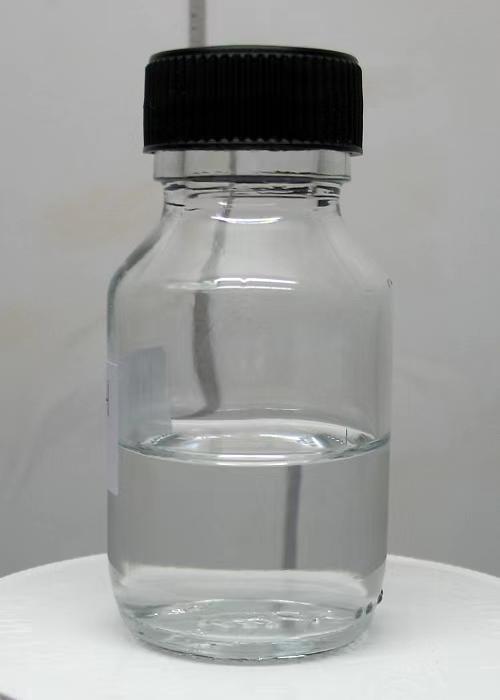



sodium chlorate
The Chemistry and Applications of Sodium Chlorate
Sodium chlorate (NaClO3) is a versatile chemical with a wide range of applications in various industries. Characterized by its white crystalline appearance, this compound is commonly used in herbicides, bleaching agents, and as an oxidizing agent in chemical synthesis. This article will delve into the chemistry, production methods, safety considerations, and applications of sodium chlorate.
Chemical Properties
Sodium chlorate is an ionic compound composed of sodium ions (Na⁺) and chlorate ions (ClO₃⁻). It demonstrates soluble properties in water, which makes it valuable in various applications. NaClO3 has an oxidation state of +5 for chlorine, indicating its potential as a strong oxidizer. When heated to high temperatures, it decomposes to produce sodium chloride (NaCl), oxygen gas (O2), and other byproducts.
The compound is stable under ordinary conditions, but it can react violently with reducing agents or organic compounds, releasing chlorine dioxide, which is highly toxic and can combust spontaneously. Therefore, understanding its reactivity is crucial when handling sodium chlorate in industrial settings.
Production Methods
Sodium chlorate can be produced using the chloralkali process, where sodium chloride (table salt) is introduced into a solution of water and subjected to electrolysis. During this process, chlorine gas is generated at the anode, which then reacts with sodium hydroxide to form sodium hypochlorite (NaOCl). Subsequent reactions convert sodium hypochlorite to sodium chlorate.
Another method of producing sodium chlorate involves the reaction between chlorine and sodium hydroxide in a controlled environment. This method, while efficient, requires strict monitoring to ensure safety and product purity.
Applications
sodium chlorate

One of the primary uses of sodium chlorate is in the production of chlorine dioxide (ClO2), a powerful bleaching agent. The paper and pulp industry relies heavily on ClO2 for bleaching wood pulp, as it is more environmentally friendly compared to traditional chlorine bleaching methods. Since chlorine dioxide does not produce dioxins or other harmful residues, its use is favored for eco-friendly bleaching processes.
Sodium chlorate is also extensively utilized in herbicides. It impedes the growth of unwanted plants by disrupting their chlorophyll production. As a selective herbicide, it effectively controls broadleaf weeds while causing minimal damage to grass and other desirable crops.
Additionally, sodium chlorate is used in explosives manufacturing, where its oxidizing properties play a crucial role in enhancing the performance of various explosive compounds. In this application, sodium chlorate is typically combined with reducing agents to formulate stable yet potent explosive materials.
Safety Considerations
While sodium chlorate is a useful compound, it is essential to handle it with caution due to its oxidizing nature. Incompatible substances, particularly organic materials and strong acids, can lead to dangerous reactions. Personal protective equipment, such as gloves and goggles, should be worn when working with sodium chlorate to minimize exposure risk.
In storage, sodium chlorate should be kept away from heat sources, reducing agents, and strong acids to prevent any accidental reactions. Proper labeling and understanding of material safety data sheets (MSDS) are fundamental in ensuring safety measures are adhered to in workplaces handling this compound.
Conclusion
Sodium chlorate is a valuable chemical compound with significant implications across various industries. Its role as a bleaching agent in the paper industry, herbicide in agriculture, and oxidizing agent in explosives manufacturing underscores its versatility. However, the potential hazards associated with its oxidizing properties necessitate careful handling and storage. As industry practices evolve and regulations tighten, sodium chlorate will likely continue to find new applications and methods of production, reinforcing its importance in the chemical landscape. Understanding its properties and applications can help ensure that sodium chlorate is used safely and effectively, benefiting both industry and the environment.
-
Using Potassium Nitrate for Colorants in Various ProductsNewsApr.29,2025
-
Safety Precautions When Handling Monopotassium PhosphateNewsApr.29,2025
-
Lead Oxide in Wastewater Treatment: A Powerful SolutionNewsApr.29,2025
-
Innovations in Sodium Chlorite ApplicationsNewsApr.29,2025
-
How Lead Nitrate is Used in Analytical ChemistryNewsApr.29,2025
-
Different Grades of Sodium Bisulfate: Which One Do You Need?NewsApr.29,2025
-
Sodium Chlorite vs. Other Disinfectants: A Comparative AnalysisNewsApr.14,2025










